Anti-Rheumatic Rx
With nearly one-third of adults, adolescents and children having sleep difficulties, many resort to using melatonin. JAMA reports substantial increases in the use of over-the-counter (OTC) melatonin, in all age groups. But is it effective, safe and warranted?
The National Health Interview Survey found a 7-fold increase in melatonin use; it 0.1% in 2007 and rose to 0.7% in 2012 amongst youths.
The DESIRES trial studied rituximab (RTX) in patients with systemic sclerosis (SSc) and showed clinically significant improvement in skin and lung outcomes after a subsequent 24-week open-label extension phase.
A multicentre, proof-of-concept trial of suggests that low-dose IL-2 therapy may be effective in moderate-to-severe systemic lupus erythematosus (SLE). This is not surprising as IL-2 is needed to bolster insufficient regulatory T cell (Treg) activity, thought to be pivotal to the pathophysiology of SLE.
Pregnancy often occurs in women with axial spondyloarthritis (axSpA), and a recent cohort study suggests outcomes are generally better than what had been reported in the literature.
Data was collected from axSpA patients from 4 registries who were pregnant. This included a total of 332 pregnancies from 304 axSpA women (mean age 31 years; disease duration 5 years). Recorded outcomes included:
JUNIPERA study evaluated secukinumab (SEC) in children with enthesitis-related arthritis (ERA) and juvenile psoriatic arthritis (JPsA) and was found to be safe and effective in patients with active ERA and JPsA who previous failed to respond to conventional therapy.
In a cross-sectional study of US adults, gout was more prevalent in black adults compared to white adults; possibly explained by sex-specific dietary differences and social determinants of health and clinical factors.
Global age-standardized mortality rate (ASMR) for 1000000 was for 0.13 for AS, 0.04 for PsA, 0.86 for CD and 0.76 for UC.
Using mortality data from the World Health Organisation (WHO), researchers showed that over time, while there has been no change in age-standardized mortality rates (ASMR) for patients with ankylosing spondylitis (AS), ASMR were decreased for IBD patients (Crohn's disease [CD] and ulcerative colitis [UC]).
We've got a lot to discuss this week: psoriasis; fatigue; sleep; sural nerve biopsies; uveitis and SpA; diet and RA; tofacitinib and the ORAL surveillance study; what not to take with mycophenolate - and more. In what order should these items be discussed? This week the run down is based on popularity, measured by rheumatologist engagements on the website and social media.
Patient-reported fatigue is high in patients with psoriatic arthritis (PsA) and often goes under-recognized by physicians. Fatigue importantly impacts physical functioning, work productivity, and health related quality of life (HRQoL).
A population-based study from Ontario, Canada suggests an increased mortality risk in patients with giant cell arteritis (GCA), according to a recent report in Arthritis Care & Research.
A health administrative data study looked at 22,677 GCA patients (≥50 years of age) compared to an age matched population for mortality rates between 2000 and 2018. Standardized mortality ratios (SMRs) were estimated.
Another analysis of the mandatory postmarketing safety study for tofacitinib (Xeljanz) has confirmed what most observers expected: that rates of infection with the drug in rheumatoid arthritis are higher than with tumor necrosis factor (TNF) inhibitors.
A small retrospective study suggests that patients with difficult to treat adult-onset Still's disease (AOSD) or sytemic juvenile idiopathic arthritis (sJIA) may respond well to JAK inhibitor (JAKi) agents - presumable by blocking pro-inflammatory cytokines, notably IL-6 and IFN.
Dr. Jack Cush reviews the news, FDA approvals, journal articles from the past week on RheumNow; plus viewer questions. This week great hopes for vitamin D, the great unknows of CSA and the great big mess that is the gout.
The ACR has posted a new ACR Clinical Practice Guideline Summary providing recommendations on the use of vaccinations for children and adults with rheumatic and musculoskeletal diseases (RMDs).
This guideline builds on past ACR vaccination guidance, last published in 2021.
A large case-control study showed that gout patients who experienced a cardiovascular (CV) event were more likely to have had a recent (< 120 days) gout flare compared to those without CV events.
This study sought to investigate the temporal association between gout flares and cardiovascular events in a gout cohort.






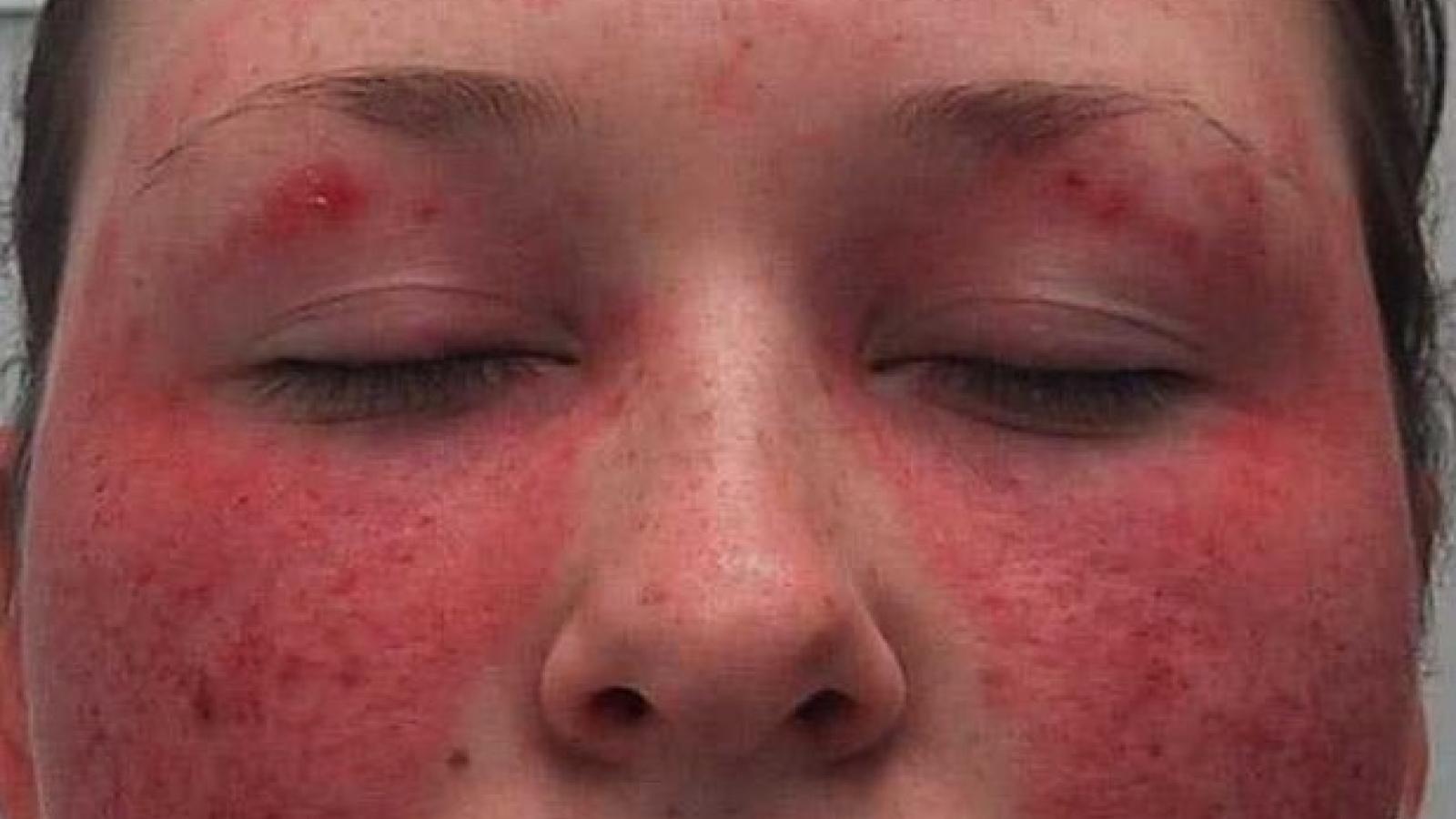

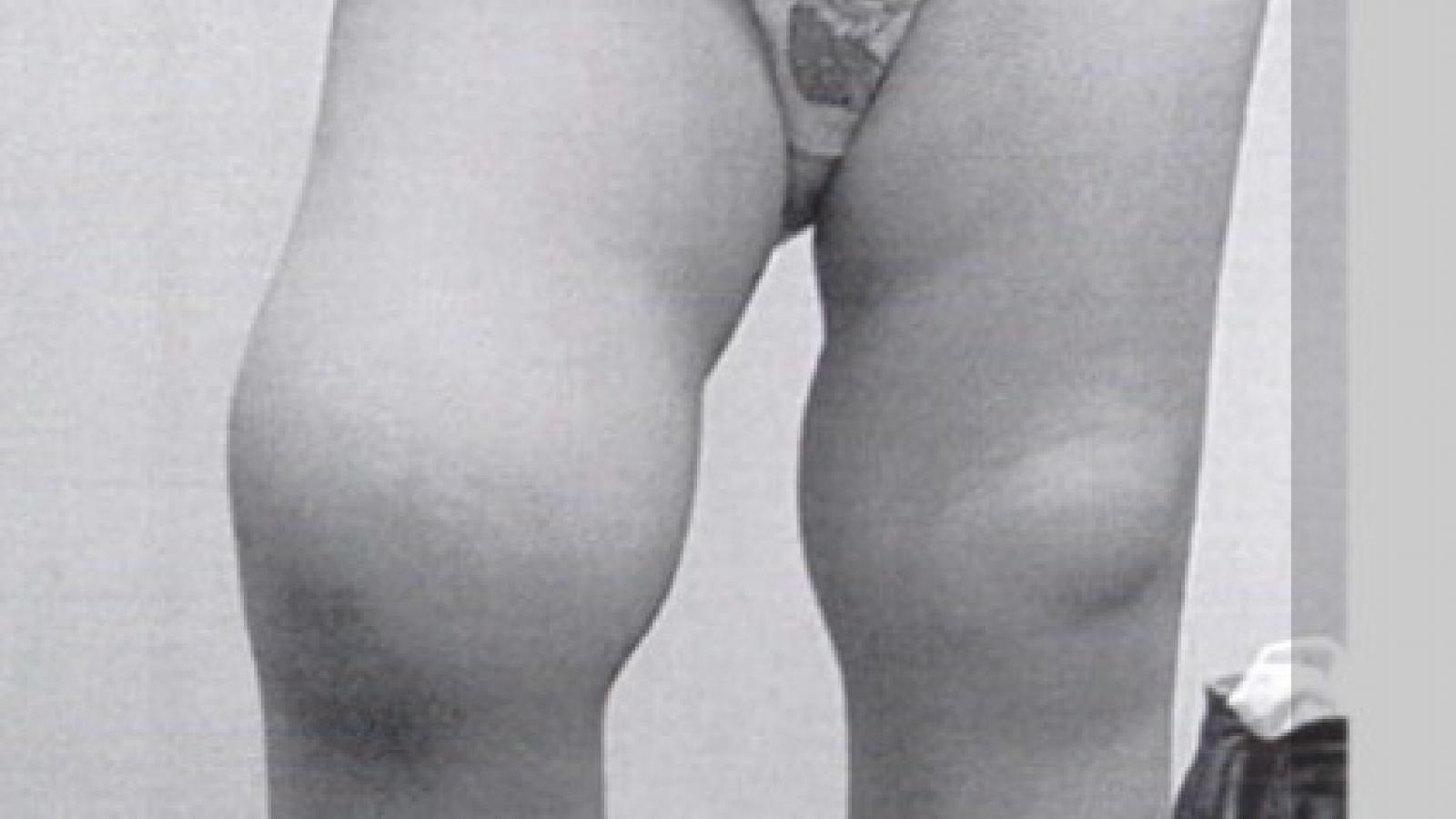
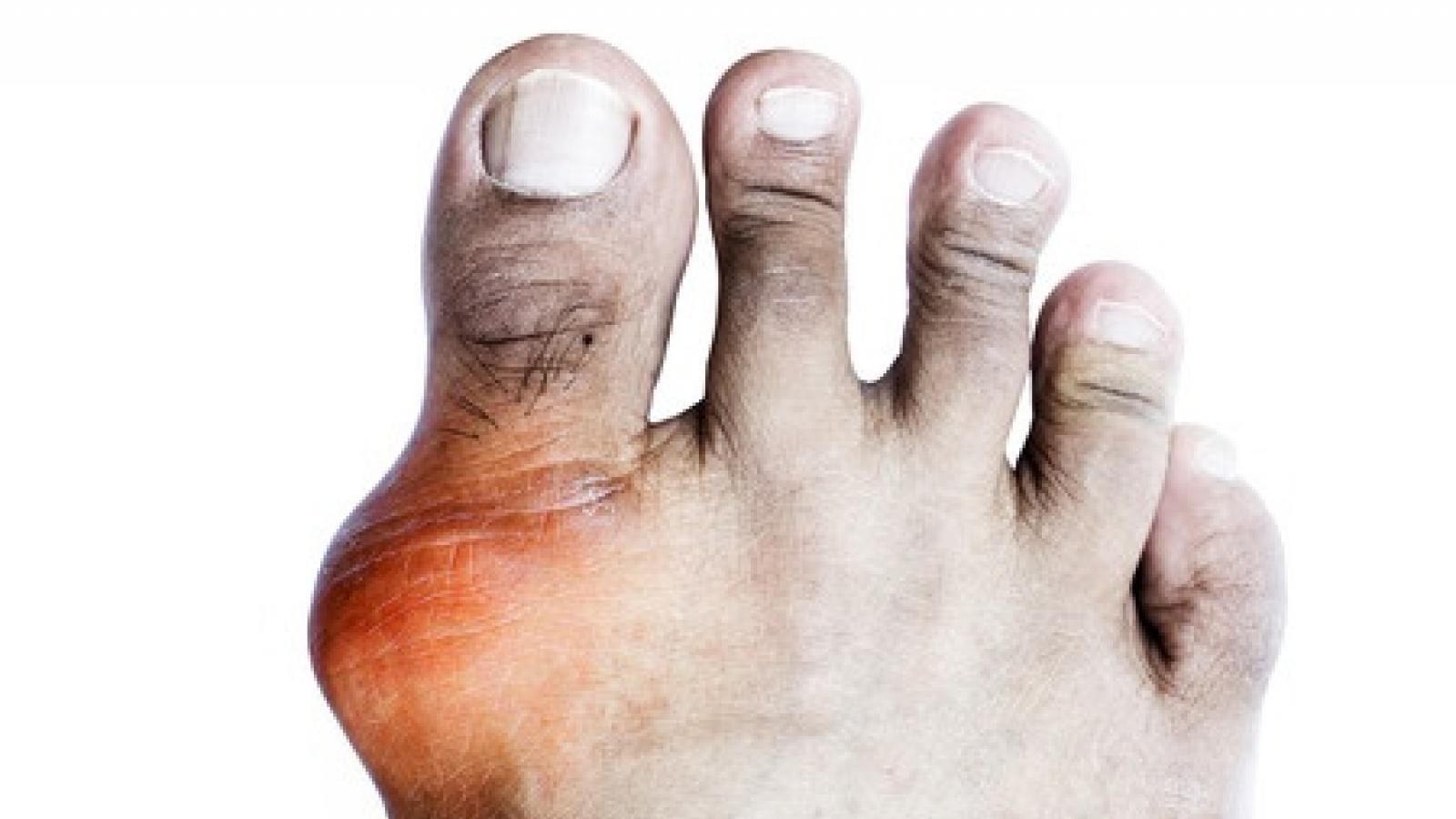

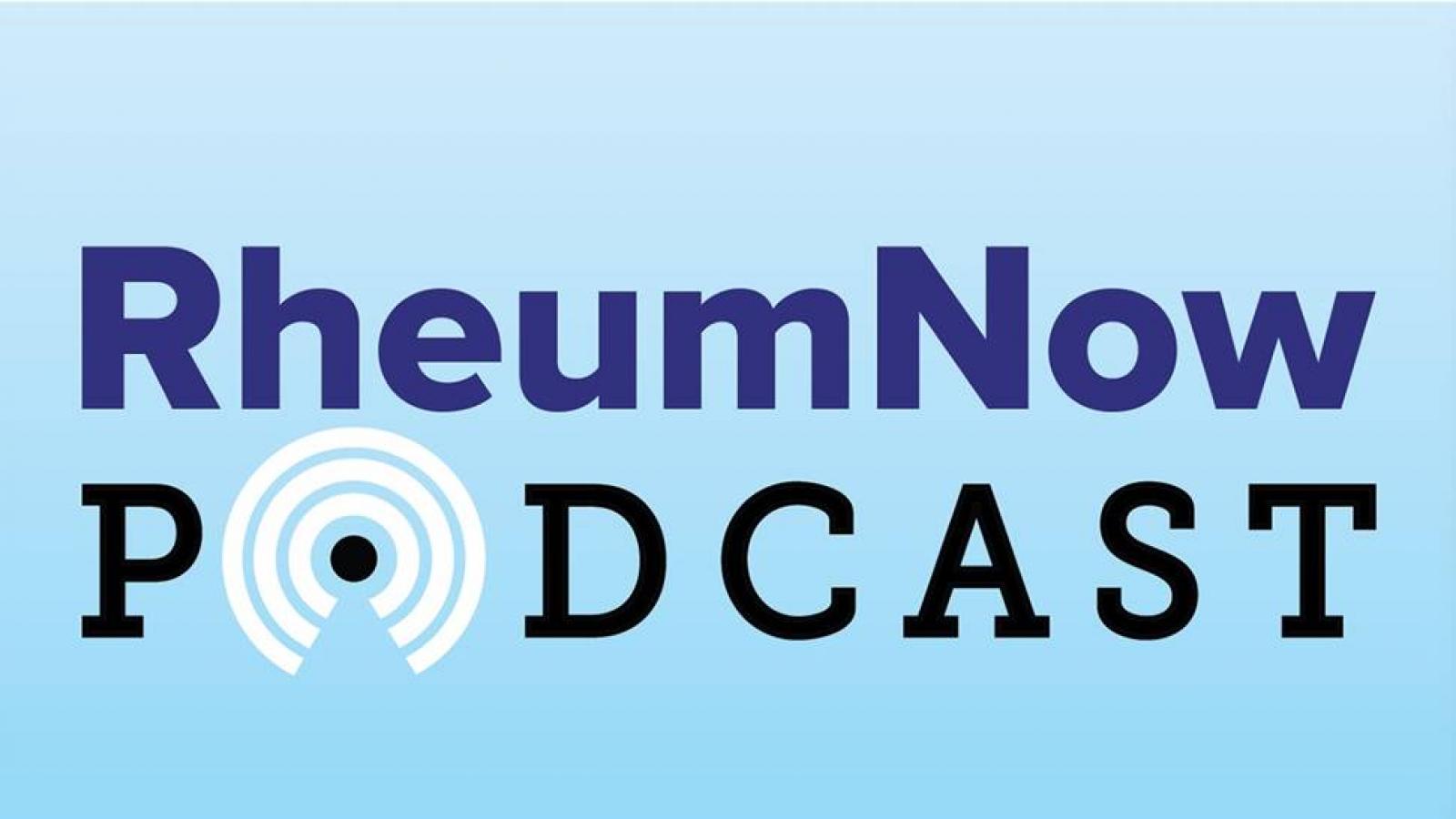



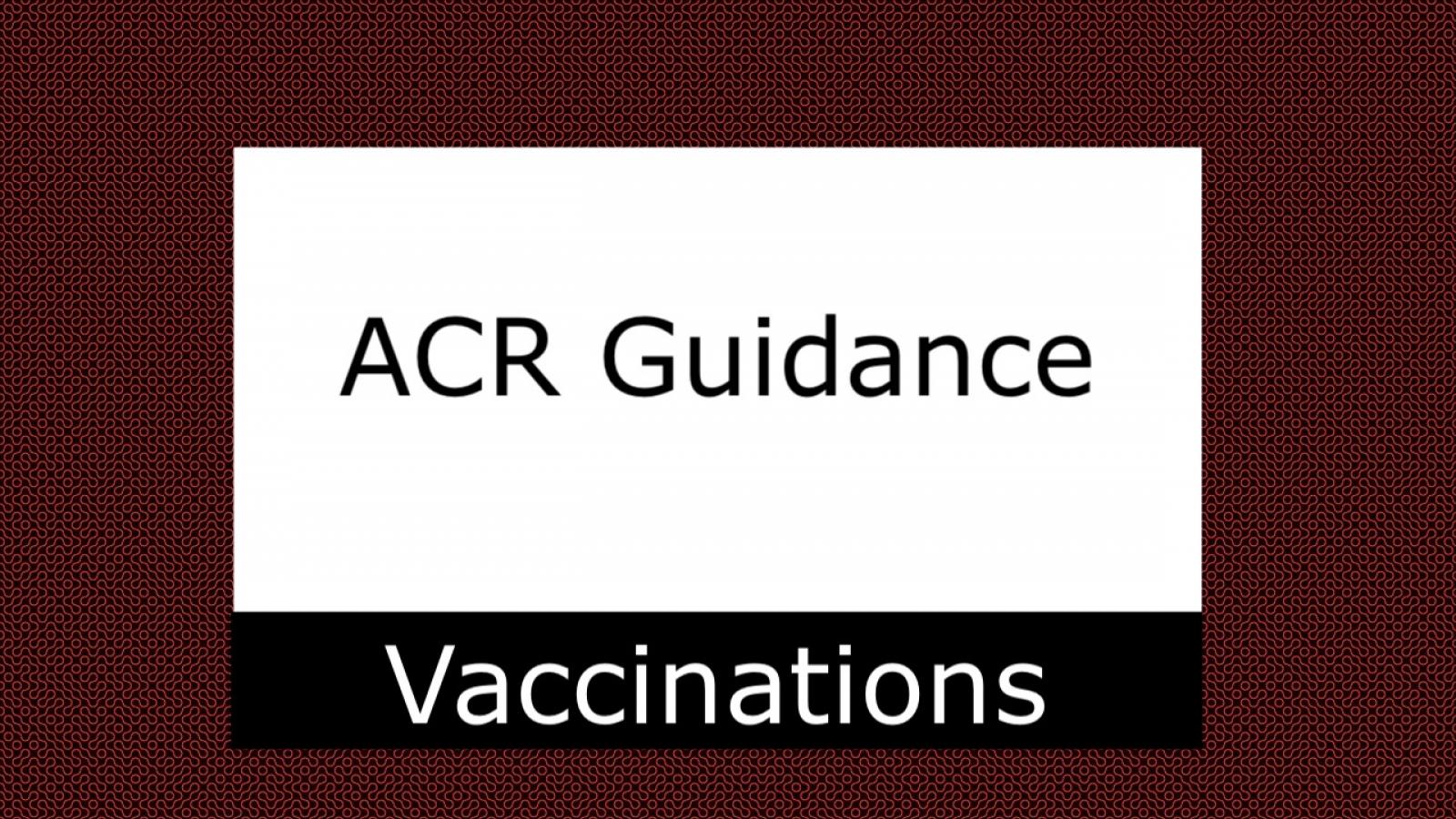






 Poster Hall
Poster Hall